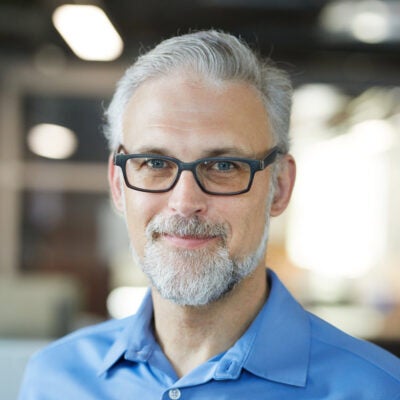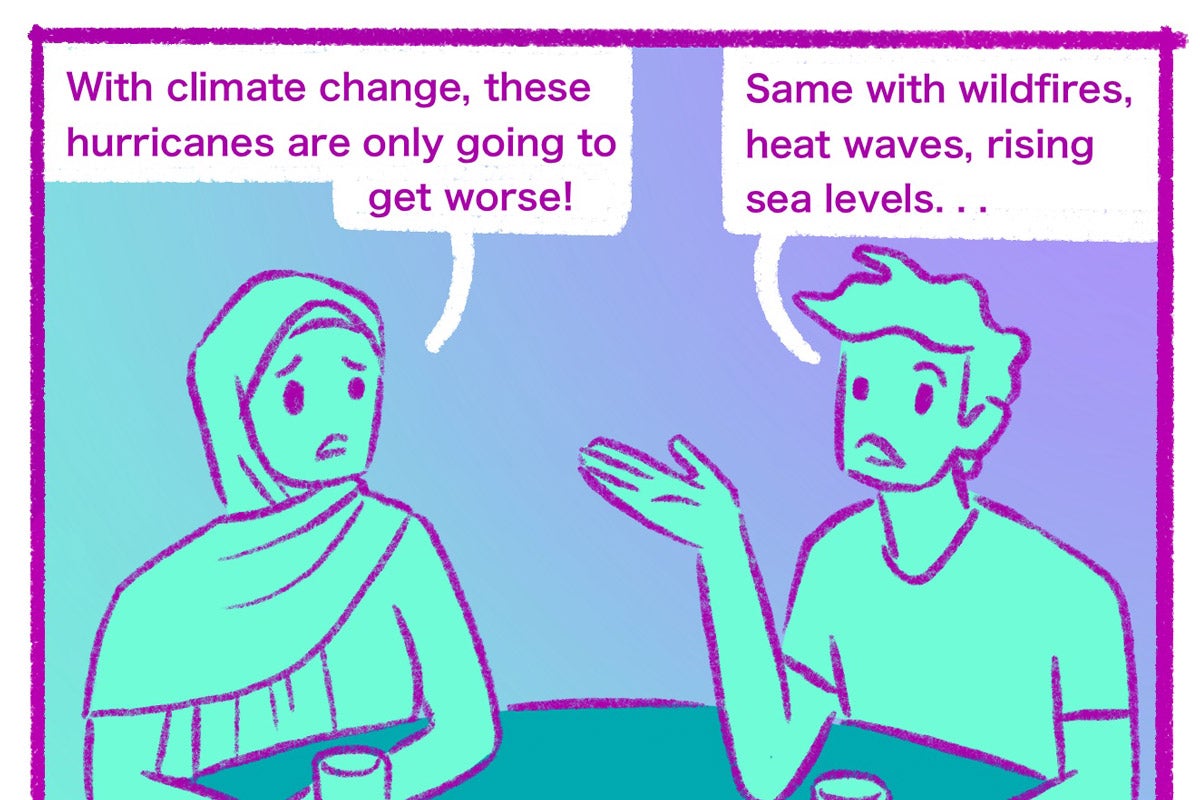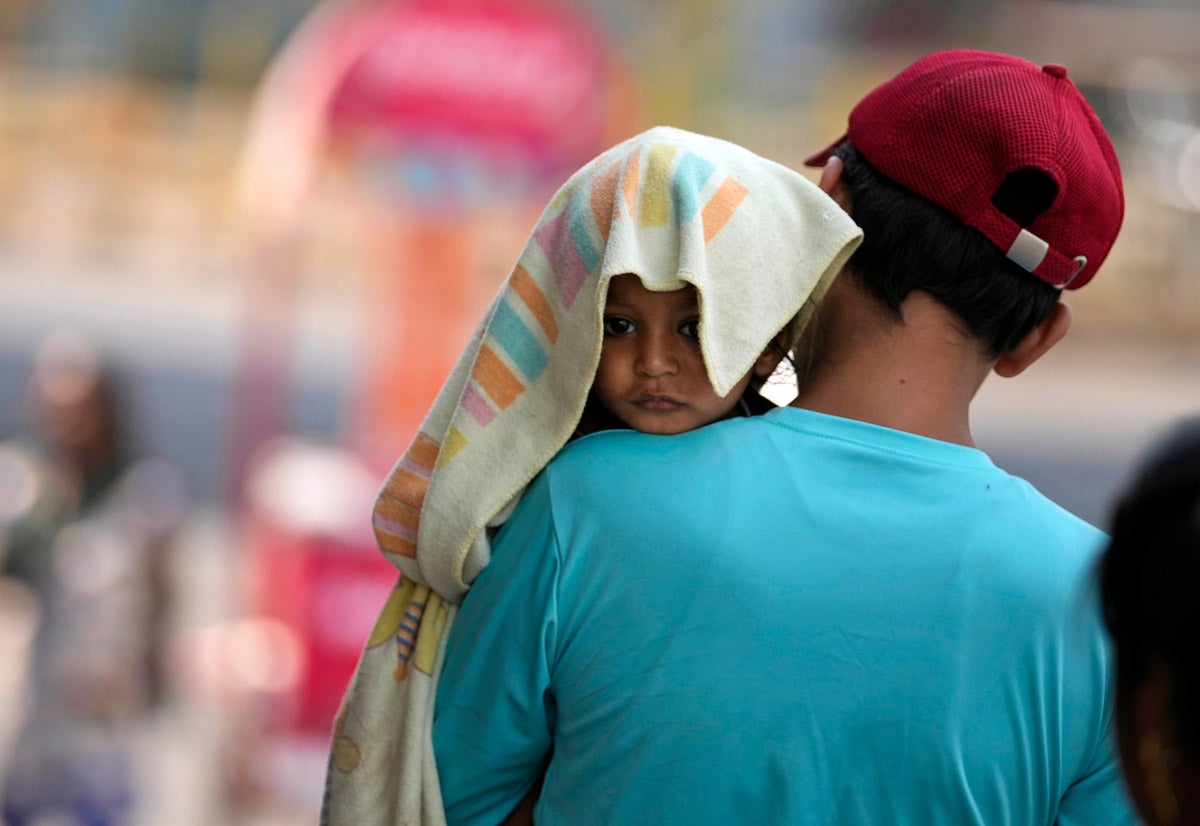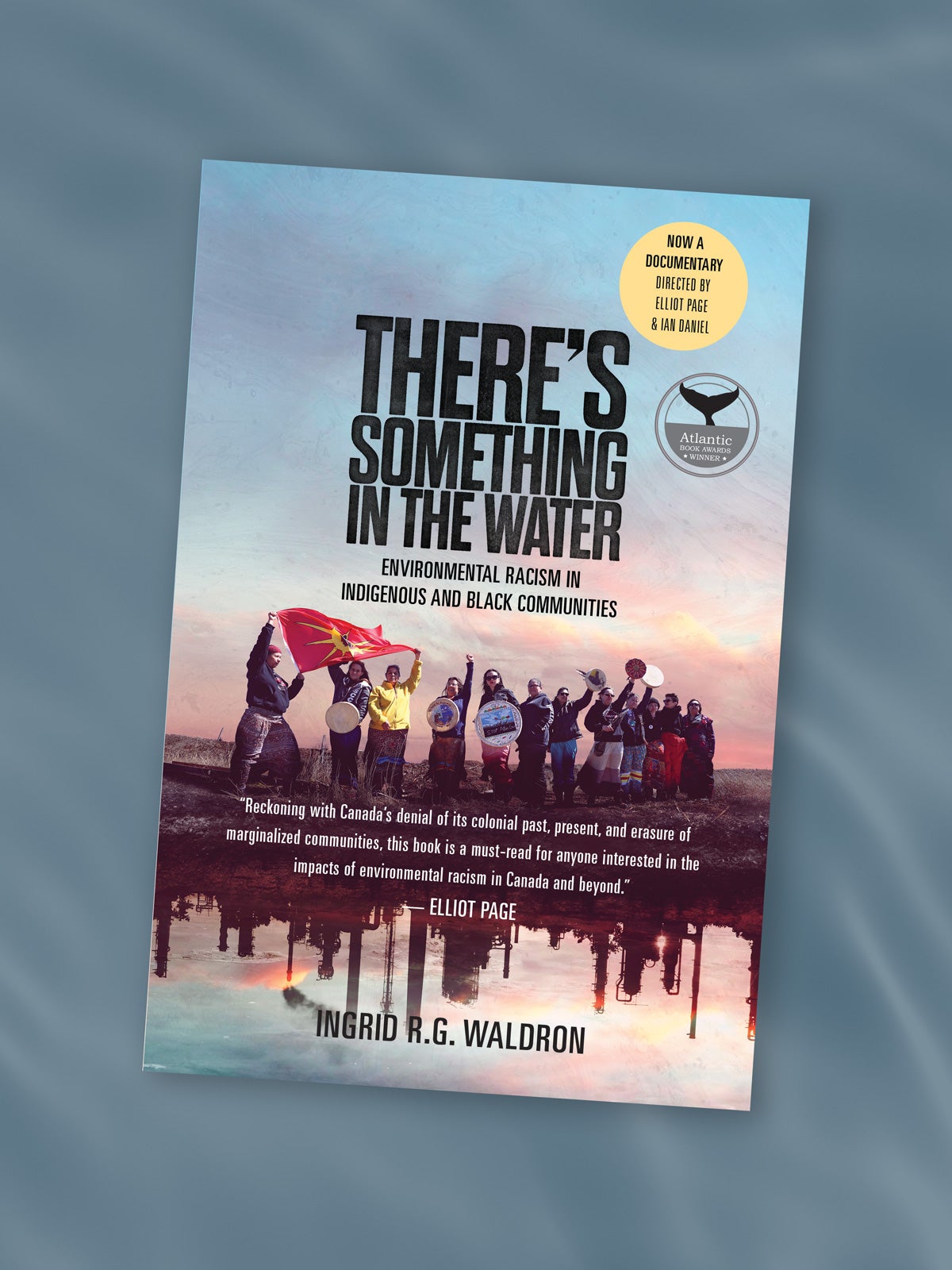
Book
Tackling environmental racism in Canada
Scholarship doesn’t often lead to direct policy impact, but the community-based participatory research project Environmental Noxiousness, Racial Inequities, and Community Health, or ENRICH, has been a catalyst for real-world change in Canada. Founded by health sociologist Ingrid R. G. Waldron, the project led to her writing There’s Something in the Water, a 2018 monograph on environmental racism that gave momentum to multiple efforts trying to reverse conditions that had caused long-term health damage in Indigenous and Black communities in Nova Scotia. In 2020, the book became a Netflix documentary, codirected by the Nova Scotia native Elliot Page and his close friend and collaborator, the filmmaker Ian Daniel.
The film’s success led to the closure of a pulp mill that had damaged the environment and health outcomes, especially of the Mi’kmaq peoples who live in the region. There’s Something in the Water also amplified a long-running grassroots protest movement against building a natural gas pipeline across First Nation land; the pipeline was then shelved, in 2021. Waldron’s book and Page and Daniel’s film also helped galvanize Canada’s Parliament to address environmental racism. In March 2023, Canada’s House of Representatives passed a bill to examine and deter environmental racism (the bill is still under consideration in the Senate).
Sign up for Harvard Public Health
Delivered to your inbox weekly.
Waldron, now the HOPE Chair in Peace and Health at Toronto’s McMaster University, says the political changes leveraged decades of local activism. “We would not ever downplay the years of activism,” she says. “But some of these outcomes happened almost immediately after the film was released.”
Waldron and Daniel spoke with Michael Fitzgerald, Harvard Public Health’s editor-in-chief. This interview has been edited and condensed.
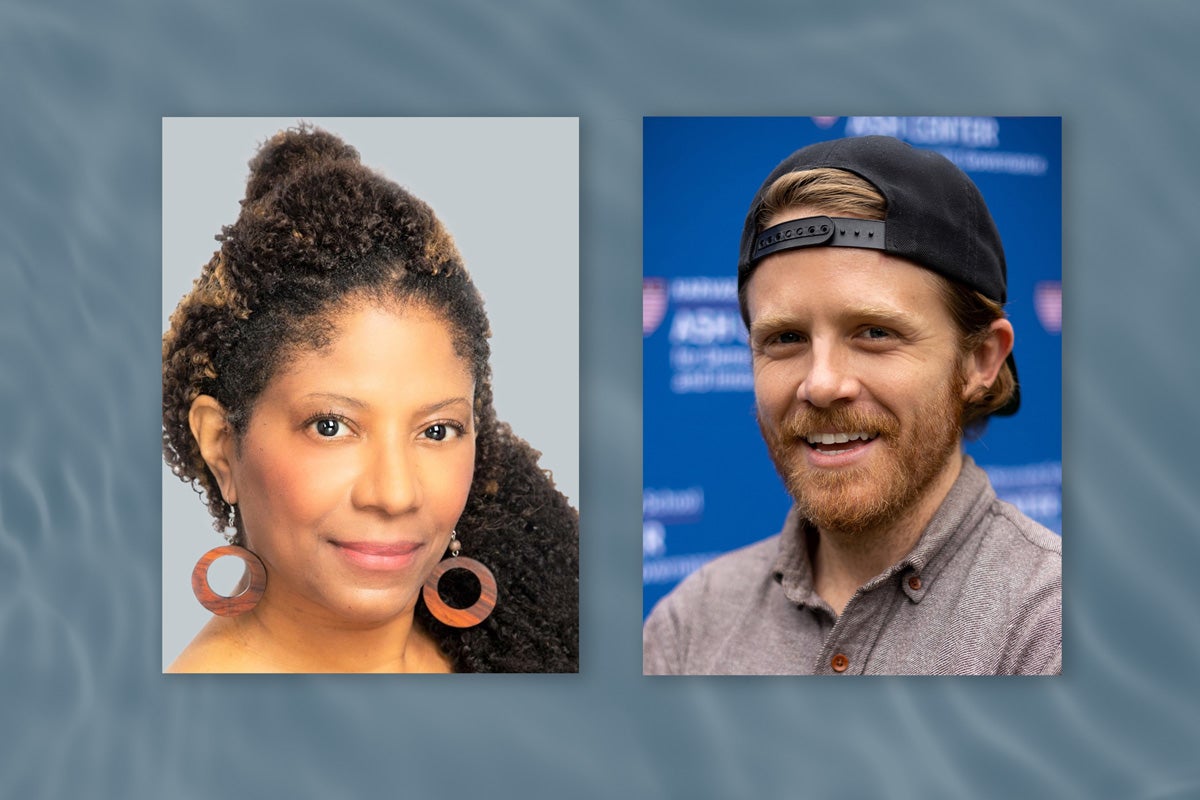
Ingrid R.G. Waldron and Ian Daniel
HPH: Ingrid, when did you know you wanted to write There’s Something in the Water?
Ingrid Waldron: None of these things happened because I wanted them to. That’s what’s been strange about all these projects—people approach me about them. With environmental racism, I had no idea what it was; a long-time activist [Dave Ron] came to my office in 2012. He told me about this topic. I was never particularly interested in environmental issues, but I recognized quickly it was a health issue, and that it would be an opportunity to work with Indigenous communities and Black communities.
I didn’t plan to write this book. I had to get tenure so I wanted to focus on journal articles. Errol [Sharpe] from Fernwood approached me near Easter 2015. He said, “I want you to write a book on environmental racism.” I said, “Errol, I don’t want to write a book about this. I’m not ready.” I had thought of writing a book on community-based research because of all the challenges that I was experiencing in Nova Scotia engaging with community. That sounds boring now.
The documentary came about in the same way. I noticed Elliot Page following me [on Twitter], probably in the fall of 2018, but didn’t know it was him. I came back, maybe a month later and there was a lot of activity on my Twitter page. And it was him, kind of hyping up the book and discussing the individuals on the front lines of environmental racism in Canada and talking about the ENRICH project. And it clicked.
HPH: A lot of people in academia would be reluctant to take on a project where they don’t have a lot of expertise. How did you decide to follow through on [the ENRICH project]?
Waldron: People think they have to wait until they become experts. And with this project I realized that’s the point of having partnerships—they’re filling in the gaps. A lot of the environmental studies departments in Canada were focused more on the pollution and the contaminants than the impacts on marginalized communities. So I don’t know the environmental science part—I’m a sociologist—but I can find the hydrogeologists and the environmental scientists to do that, and I could also learn in the meantime. It was scary, but the fear excited me.
HPH: Did you know this was going to be community-based participatory research?
Waldron: I knew it had to be. When I was doing my PhD, my supervisor said, “If you’re ever going to do things with marginalized communities, it should be community-based.” I knew I couldn’t do it without developing relationships with Indigenous and Black communities.
HPH: Ian, this is a serious academic book. How did a documentary take shape from it?
Ian Daniel: It is an academic book, but it has all the components one would need to make a great documentary. Elliot had been following the Grassroots Grandmothers, a frontline resistance group [in Nova Scotia], and noticing that getting exposure [for them] was almost creating fear in politicians there. He really felt like he could do some collaborative good in his hometown. I was coming off Gaycation, [which] was location-based and policy-based and humanity based, and the book felt very intersectional. I was really thinking about geography and place-based inequalities at that time, and Ingrid had so wonderfully synthesized these issues.
HPH: What’s happened in terms of impact from the research?
Waldron: When I started, I got questions from people: “What is environmental racism?” It was a funny term, I understand. There was a comment in one of the newspapers in Nova Scotia: “Is Dr. Waldron serious? What’s next? Environmental sexism?” Also, a lot of doubt. Environmental racism? Come on. Are you dreaming up another type of racism? I put on a lot of events; I spoke to traditional media, to radio and podcast and television. I knew that creating awareness was the only thing that was going to address those doubts. Over time, people became familiar with the term and started to become much more aware and conscious about the issue. When the map was released in Canadian Geographic and on the CBC, that also brought legitimacy to the work. I now know when you put stuff on a map, that’s evidence people take seriously.
Book cover: Courtesy of Fernwood Publishing
Headshots: Courtesy of Ingrid R.G. Waldron and Ian Daniel
